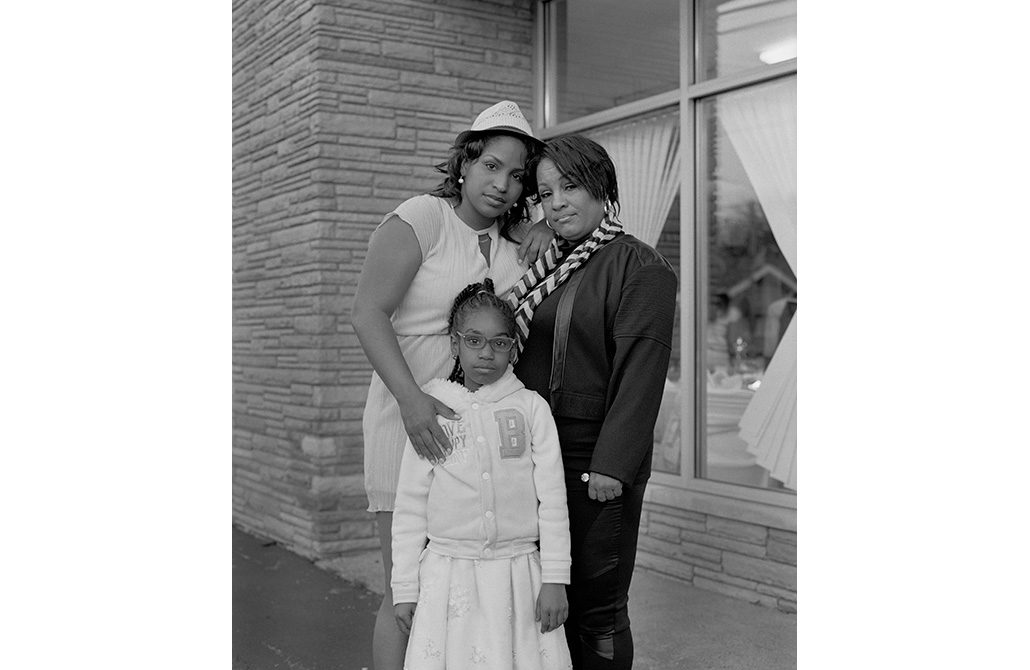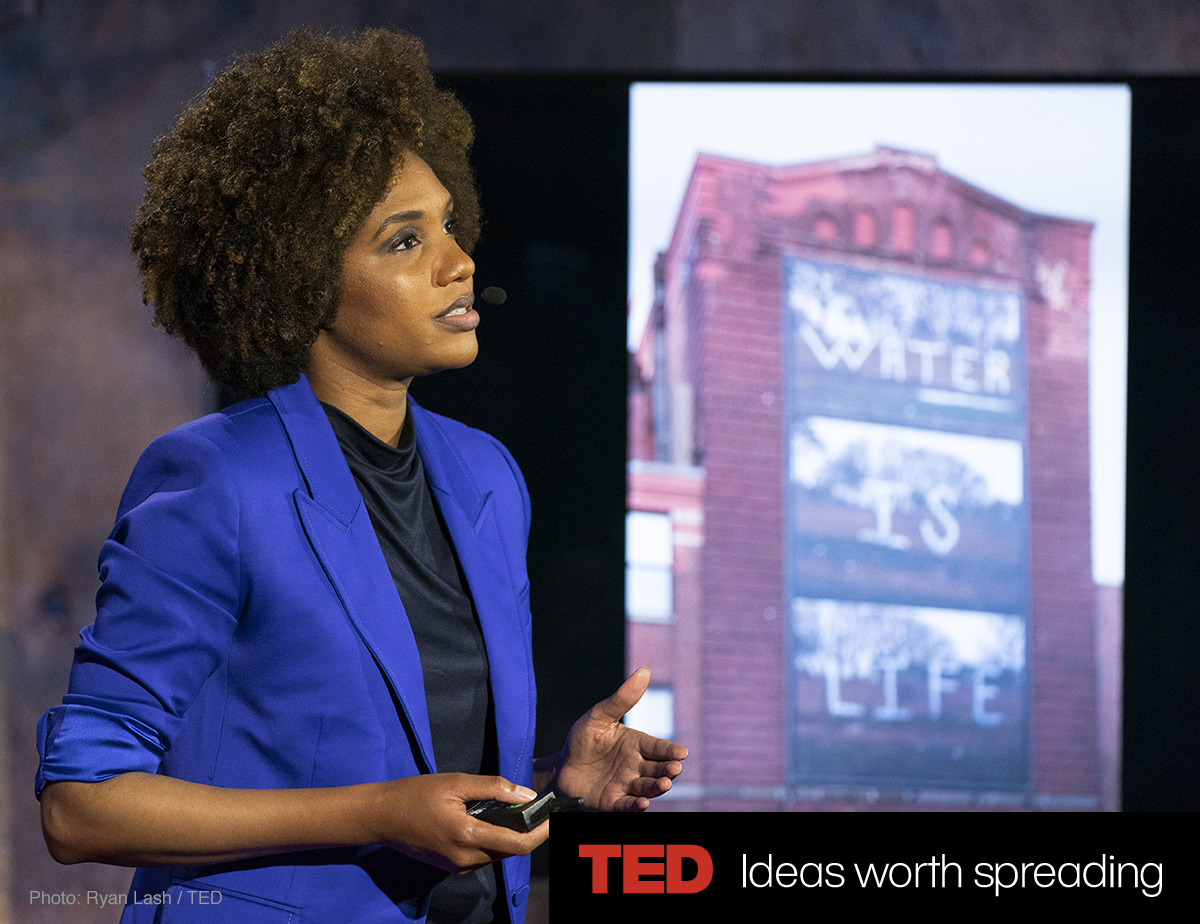‘Kinship’ at the National Portrait Gallery looks at all the ways we are connected
Andscape
By Lonnae O’Neal
Artists offer a counterbalance to mainstream conceptions of family
Kinship, a new exhibit at the National Portrait Gallery in Washington, explores the complexities of how people connect. And much like the notion of kinship itself, familial or fictive or forged, what we find are multilayered stories of togetherness.
The exhibit is the latest in a series looking at new conceptions of portraiture. Curators brought together the work of eight artists working on iterations of family in painting, photo, sculpture, video and performance.
Those explorations raised issues of inequities and environmental degradation in Black communities and violence against Indigenous people. They offered counterbalances to mainstream conceptions of family. They anchored themselves in the ways we choose family, “not just the legal and blood relations established by law,” said Leslie Ureña, curator of photographs.
The artists explored how relationships become undone and re-formed, and affinities for strangers who reminded them of themselves, Ureña said. They were looking beyond death, for ways to “keep in touch, more or less, with people who have passed.”
[…]

The series Flint is Family in Three Acts by LaToya Ruby Frazier, whose work documents social justice and cultural change, was initially supposed to be a five-month assignment covering the water crisis in Flint, Michigan. It turned into a five-year collaboration with the family she photographed. Her work compels us to understand how the people behind the industries that gave rise to the American century bear the hazards they bequeathed.
Frazier photographed school bus driver and poet Shea Cobb pouring bottled water like a waterfall into her 8-year-old daughter Zion’s mouth so she could brush her teeth. In capturing the lowlight image, Frazier said, “I freeze it just before the water drop hits her tongue to point out to you as the viewer that in the midst of a crisis, she is choosing the lesser of evils here, which is plastic water bottles which is contaminated with plastic cause they sit on pallets in the heat all day before they’re distributed to residents.”
The beauty of this is as a mother, she’s telling her jokes and singing songs because she’s concerned about her daughter’s relationship with water.

Self-Portrait with Shea and Her Daughter, Zion, in the Bedroom Mirror is set in Mississippi, where Cobb’s father has 90 acres of land along with their own freshwater spring, part of an inheritance of resilience. Cobb looks into the mirror with family photos arrayed around her, and her image is visible in the mirror Zion is looking into, as is the image of Frazier herself. “I’m careful about the legacy of Black women and how we’ve been behind each other generation after generation, regardless of how this country continues to put these types of pitfalls in our way,” Frazier said.
Frazier said she viewed Zion “as a double portrait because I was 8 years old when our water was contaminated in Braddock, Pennsylvania. So I’m also a survivor of these types of systemic and structural environmental justice issues.”
“I knew what it was like to be 8 years old and living in a postindustrial economy, a postindustrial landscape of nothing but contamination, and racism in the health care system. And knowing I couldn’t do anything for myself when I was 8. But here I can stand up for this young girl and her mother today and advocate through the photographs, through the telling of the story. But most of all, I created this family album for Zion,” said Frazier.
[…]
Courtesy of: Andscape

